When the Great Depression struck the United States, poverty rates and unemployment increased rapidly. The dust bowl in the 1930s largely affected the farmers across the country. The Farm Security Administration (FSA) was established to provide loans and facilities to the farmers. The FSA hired photographers and writers to document the poor conditions of farmers and people. These photographs captured over 200,000 first-hand photographs of rural areas and displaced Americans coping with the Great Depression and Dust Bowl. The Information Division of the FSA was responsible for providing educational materials and press information to the public.
Puerto Rico’s economy was largely dependent on agricultural production. In the 1920s, the economy of Puerto Rico boomed, however, the period of prosperity barely lasted a decade and came to an end in 1929 with the onset of the Great Depression. Under President Franklin D. Roosevelt’s New Deal, a Puerto Rican Reconstruction Administration was authorized. Funds were made available for construction of new housing, infrastructure, including transportation improvements and other capital investment to imp
These photographs document the life of rural communities of Puerto Rico from the late 1930s.


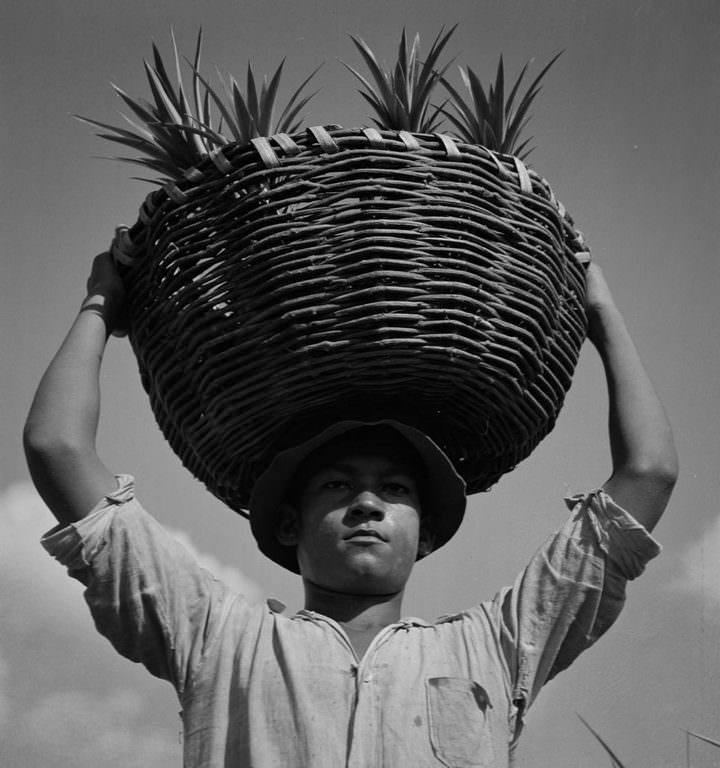
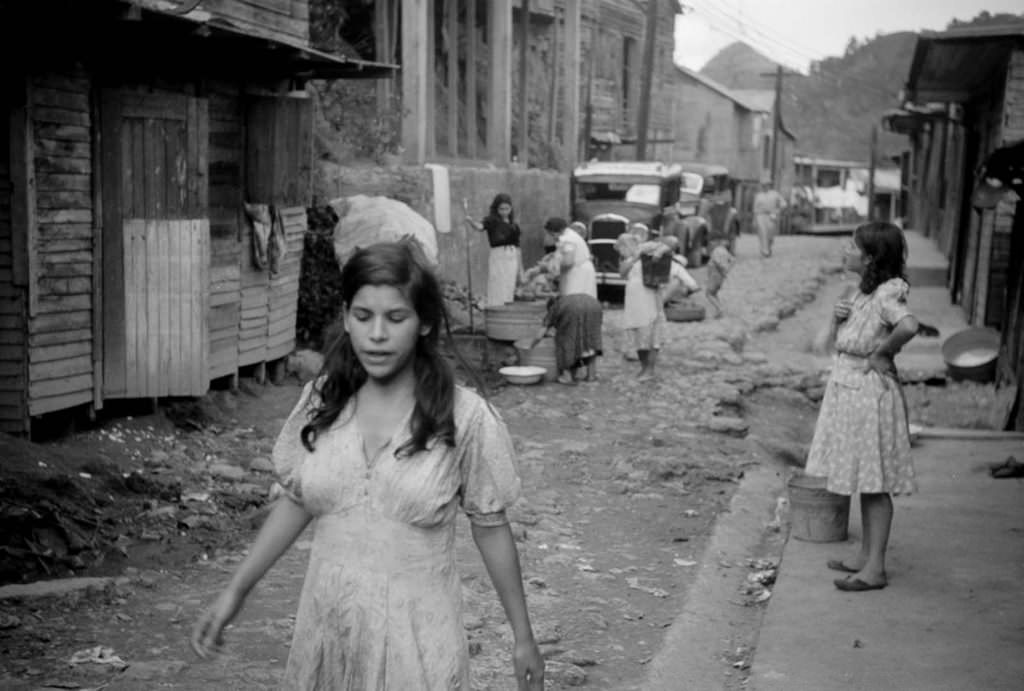
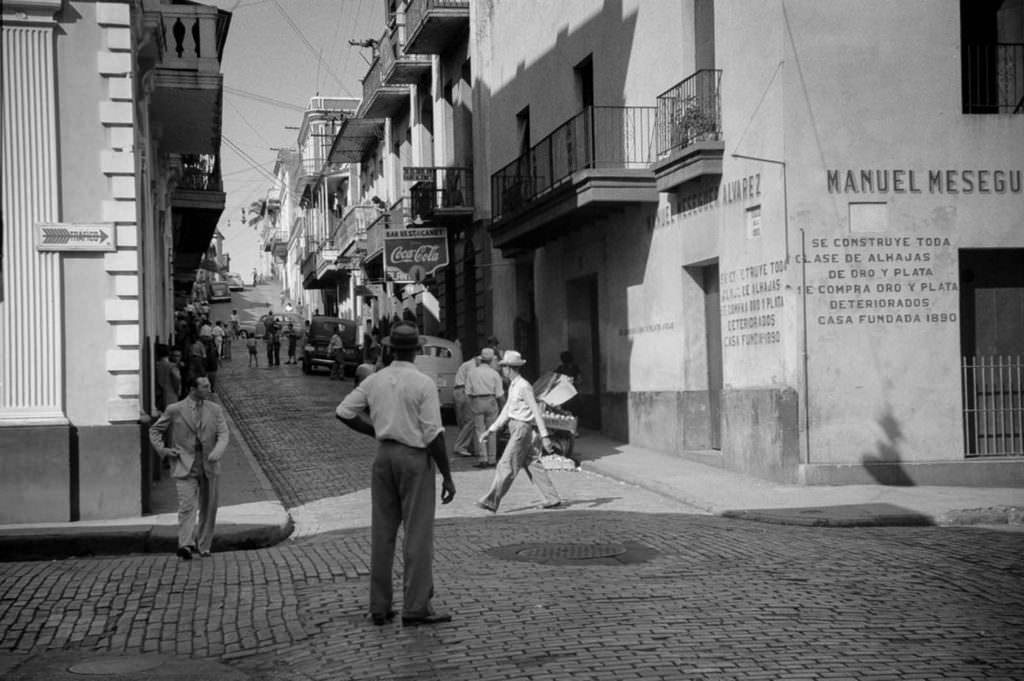
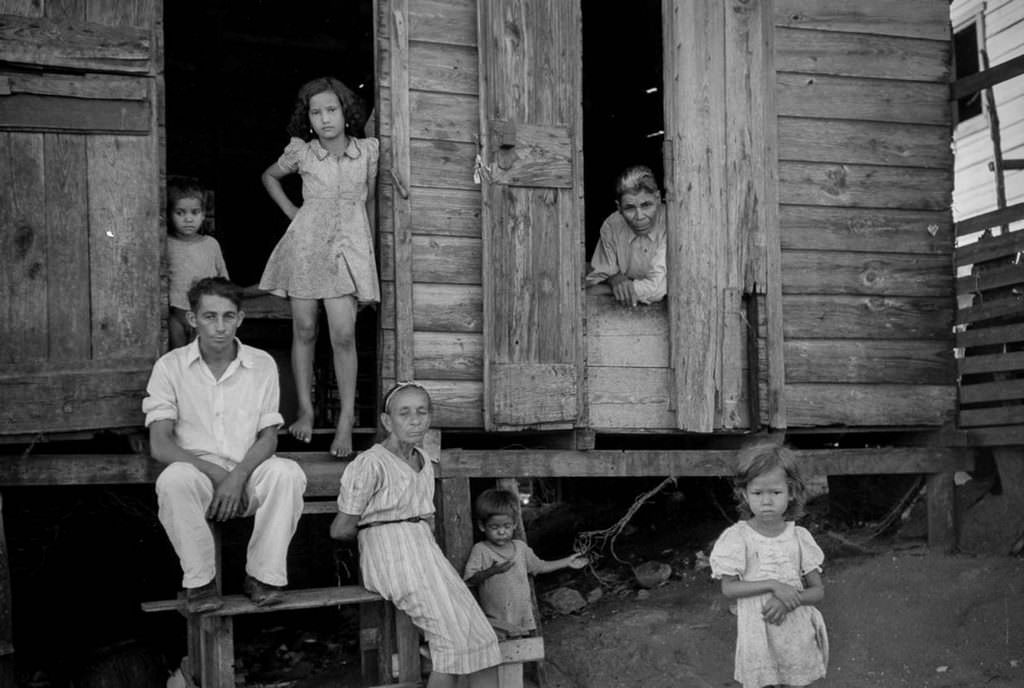
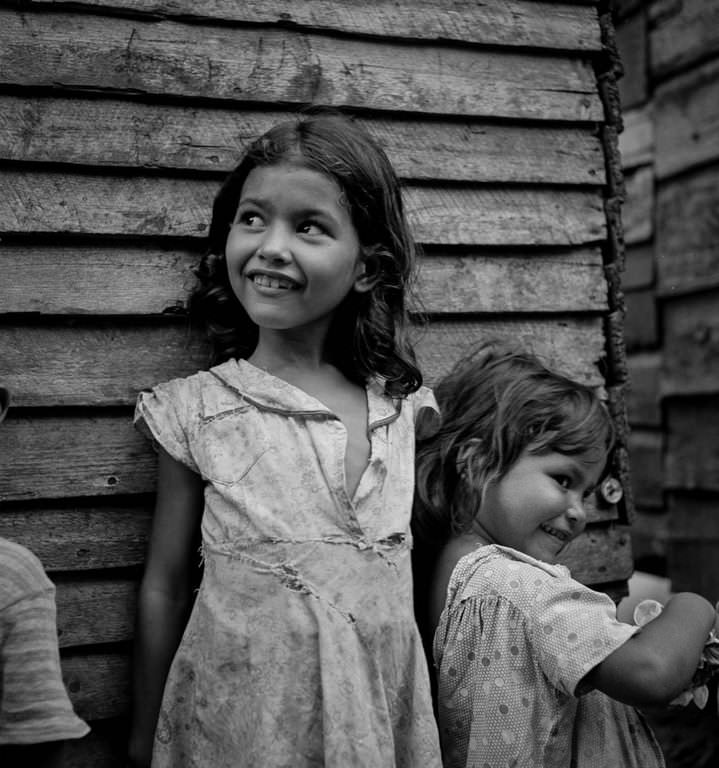
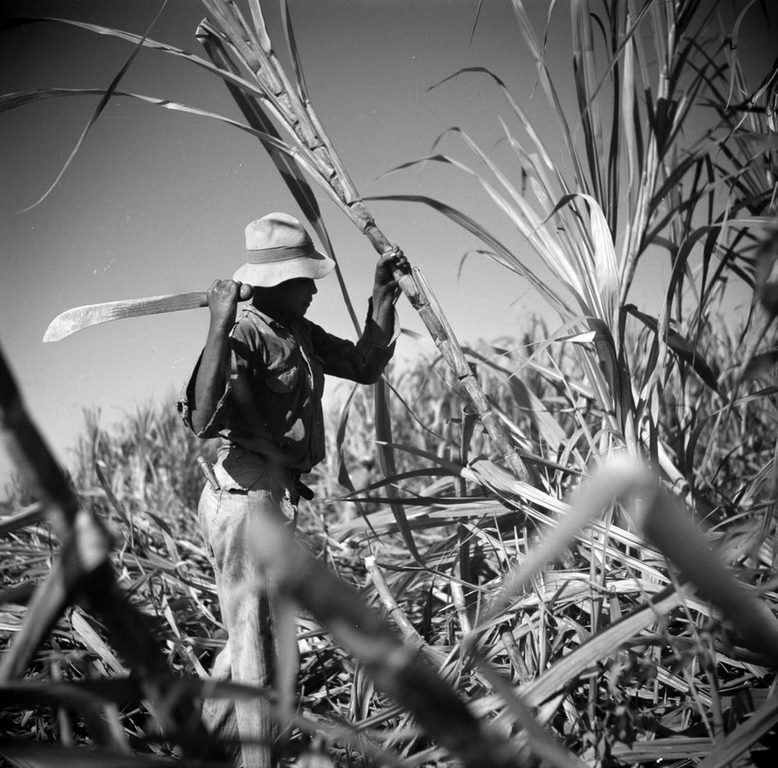
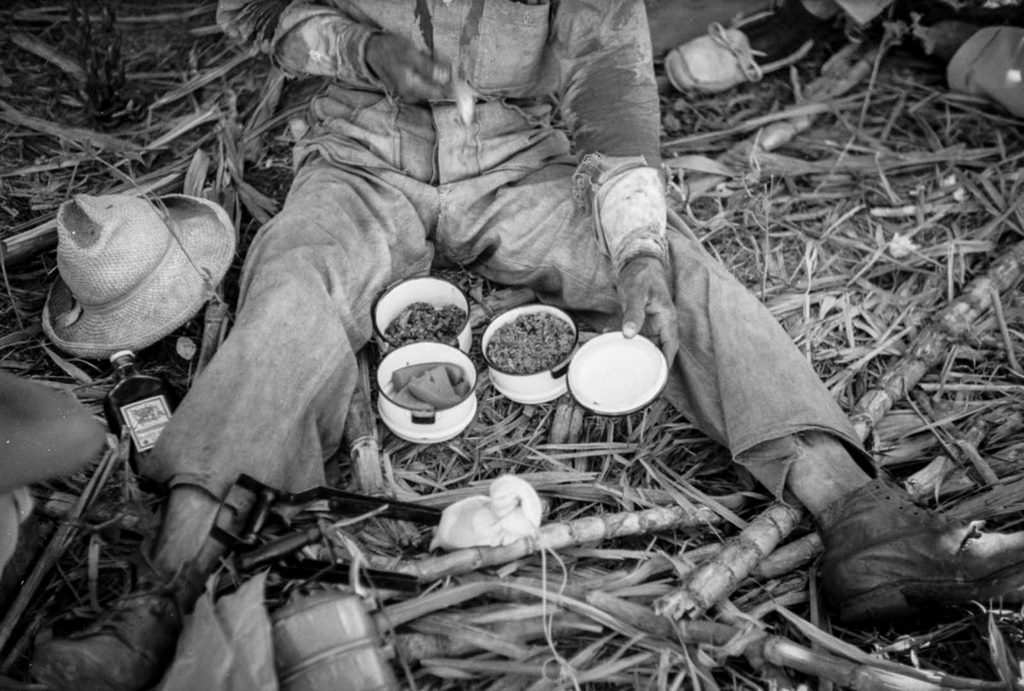
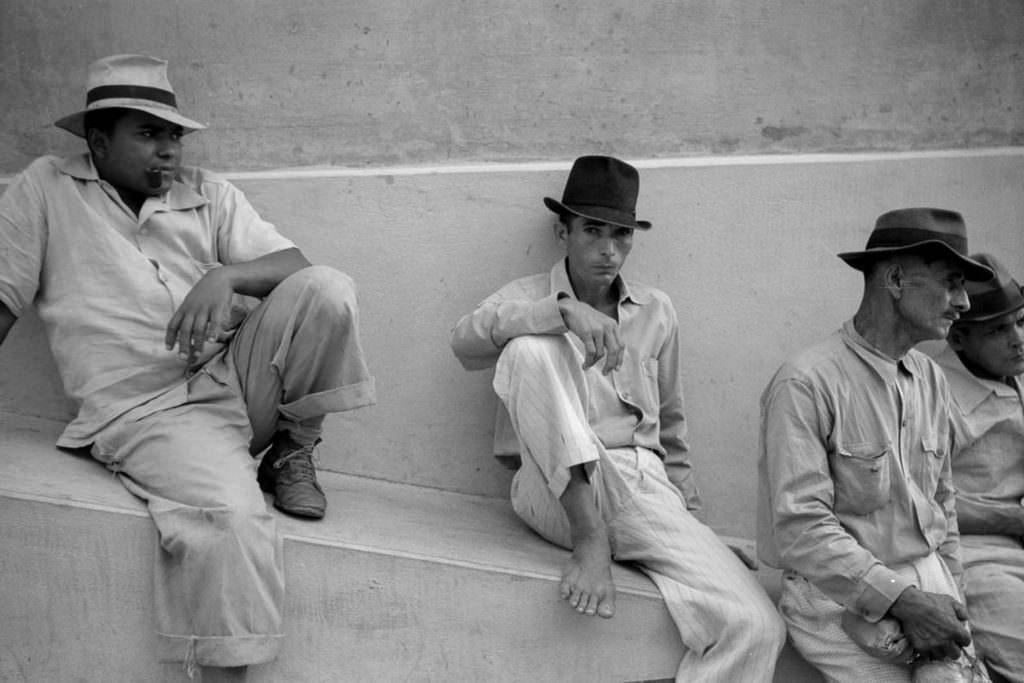
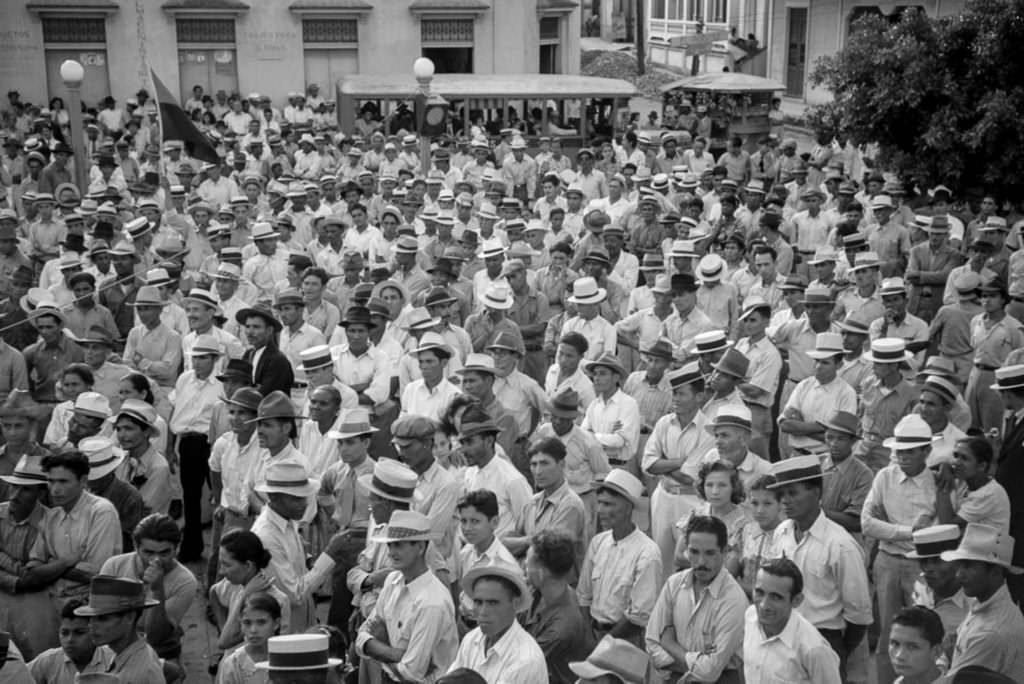
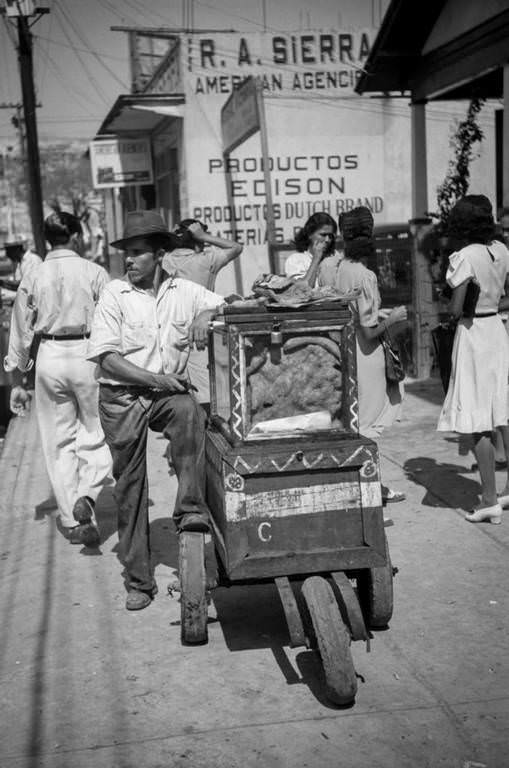
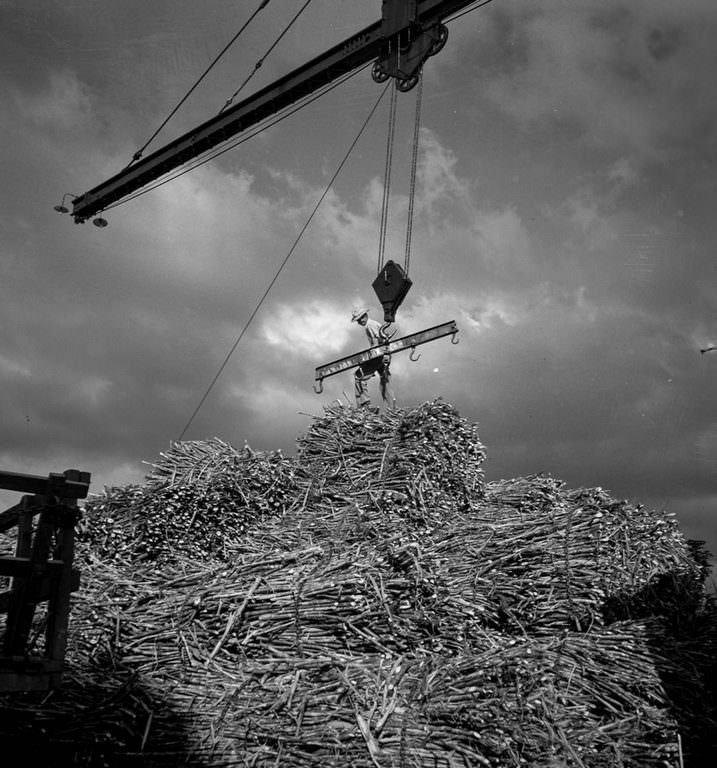
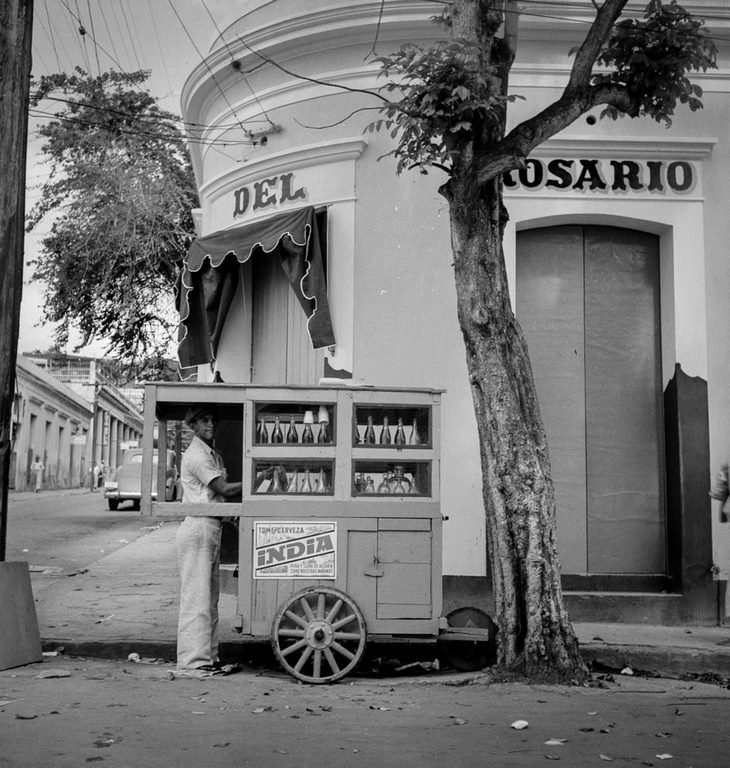
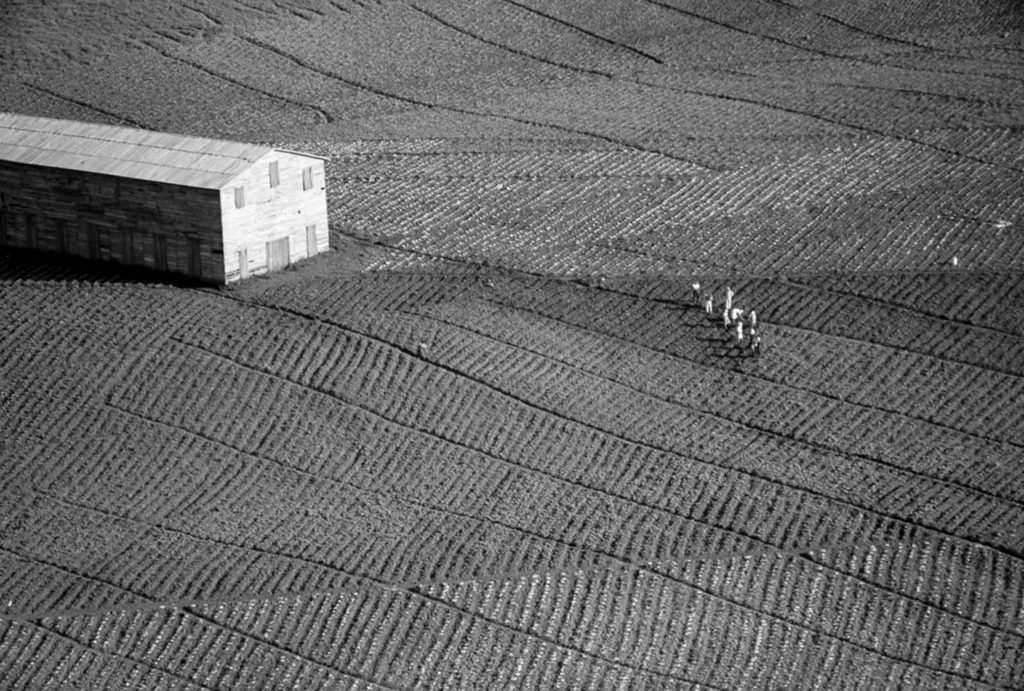
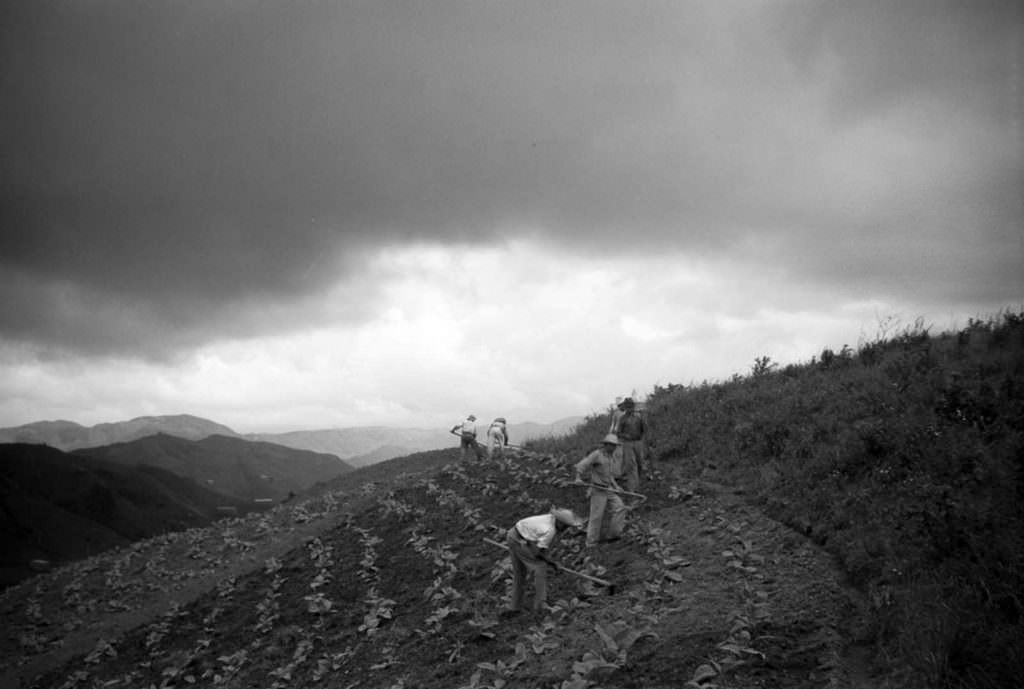
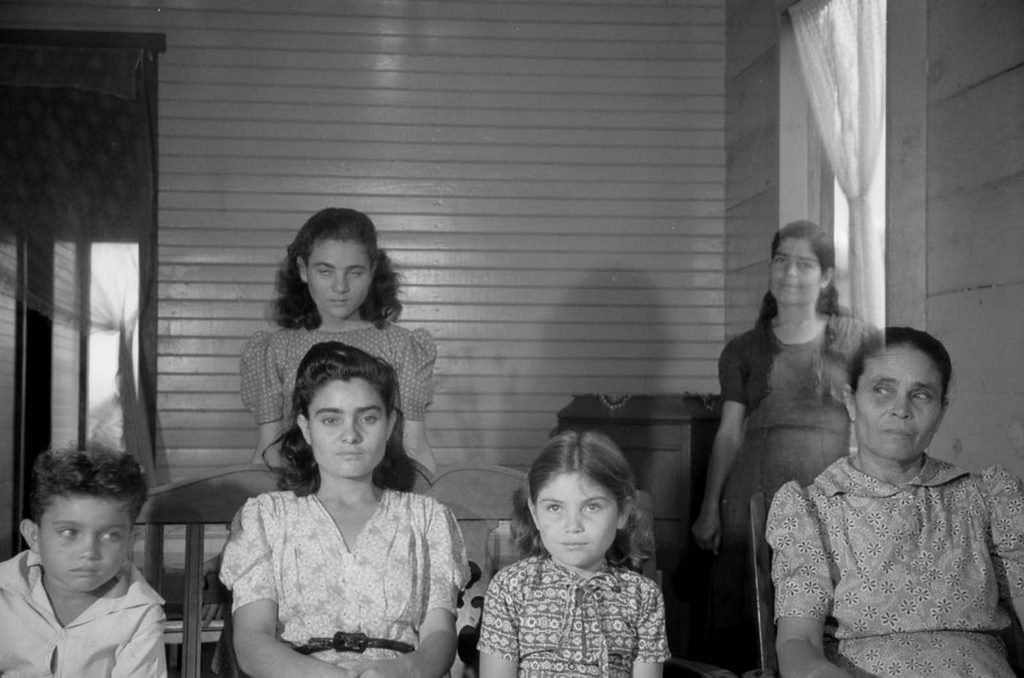
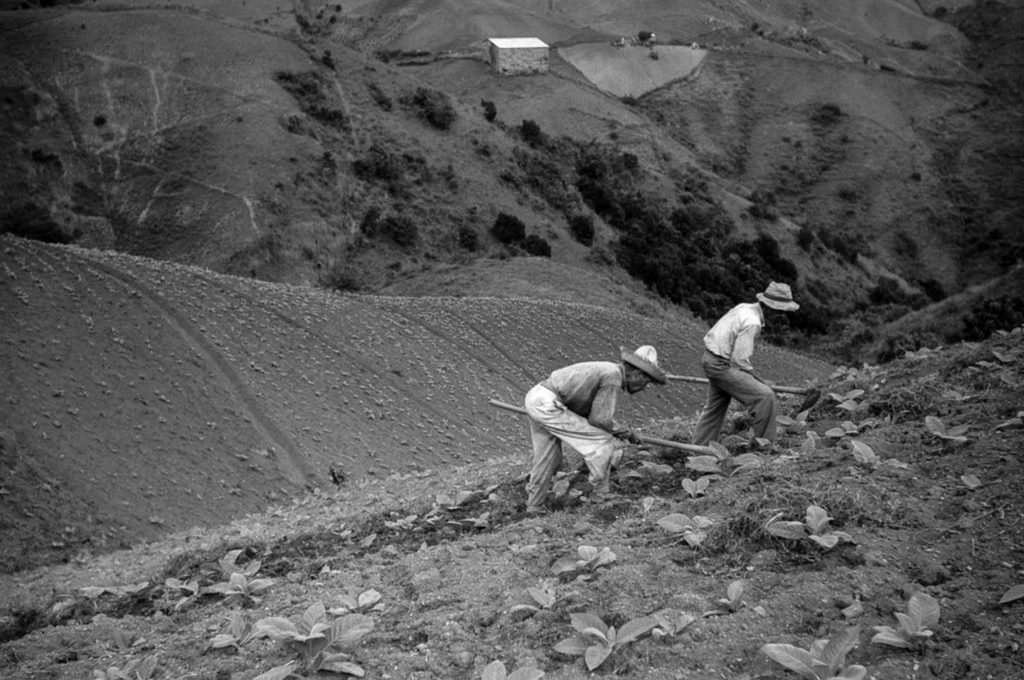
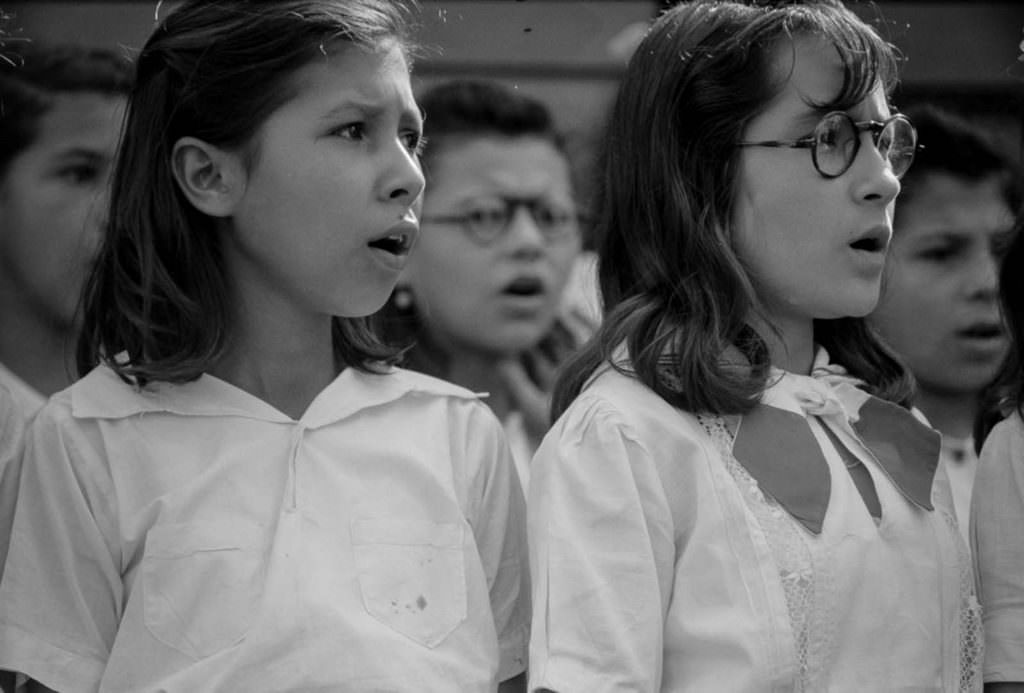
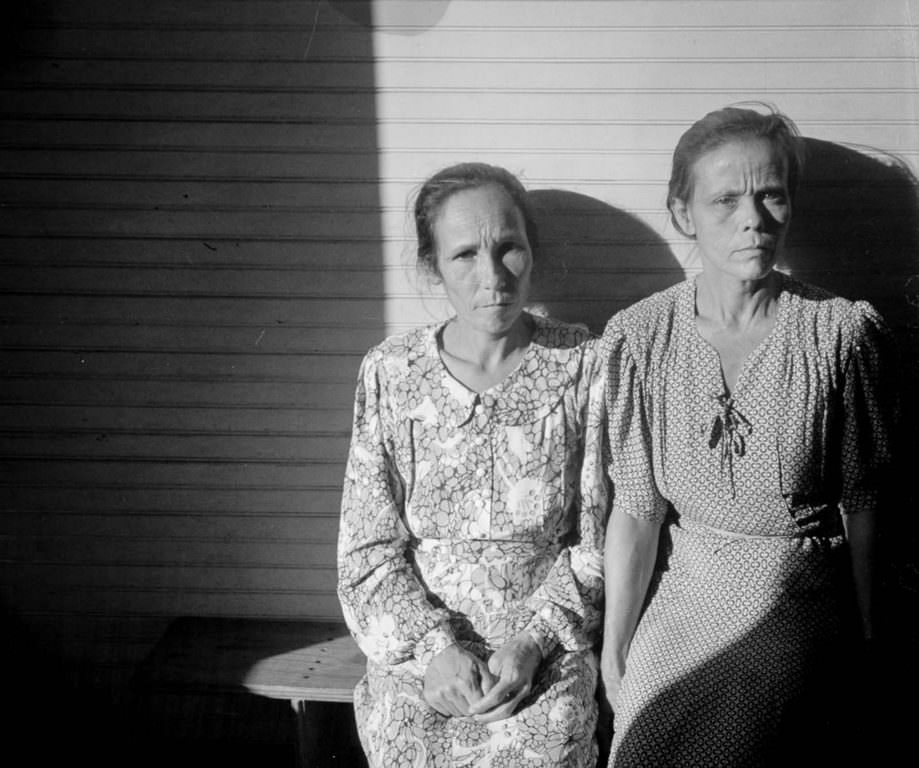
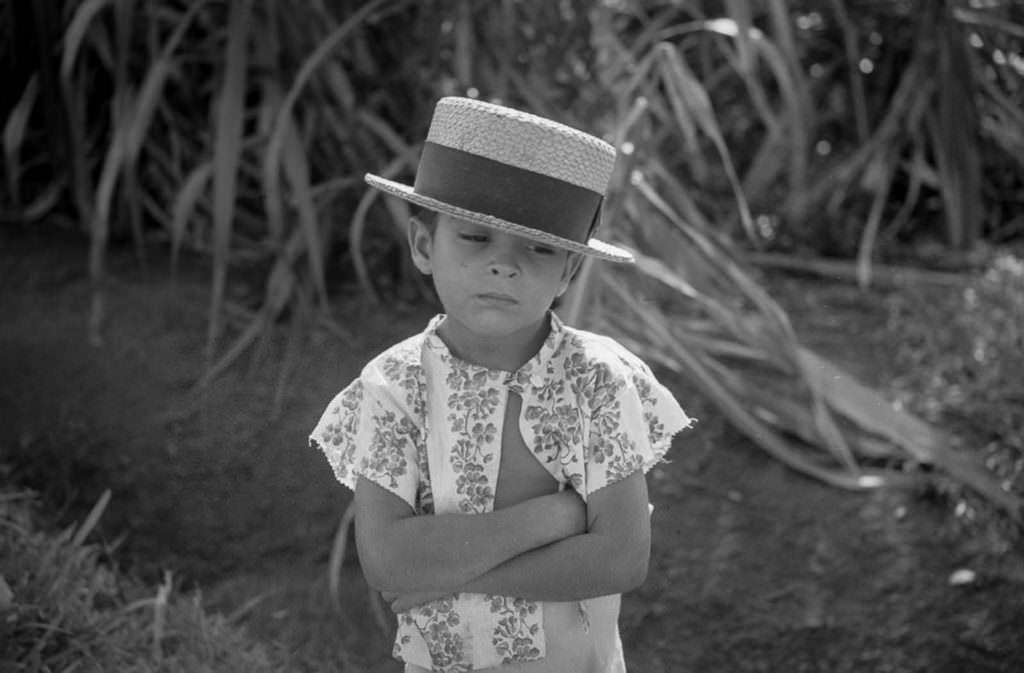
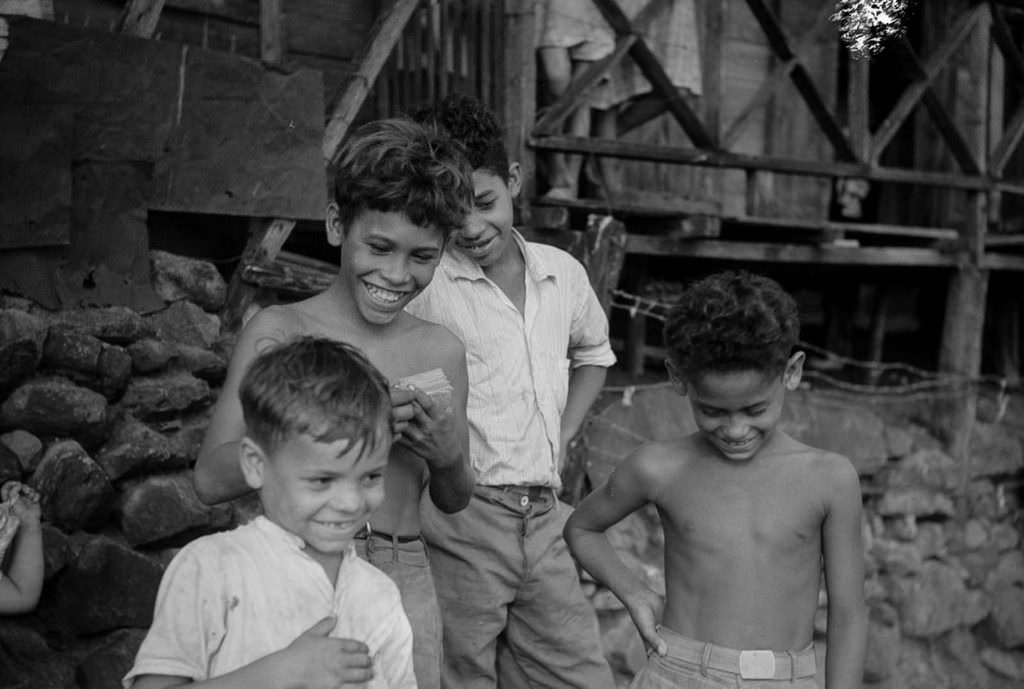
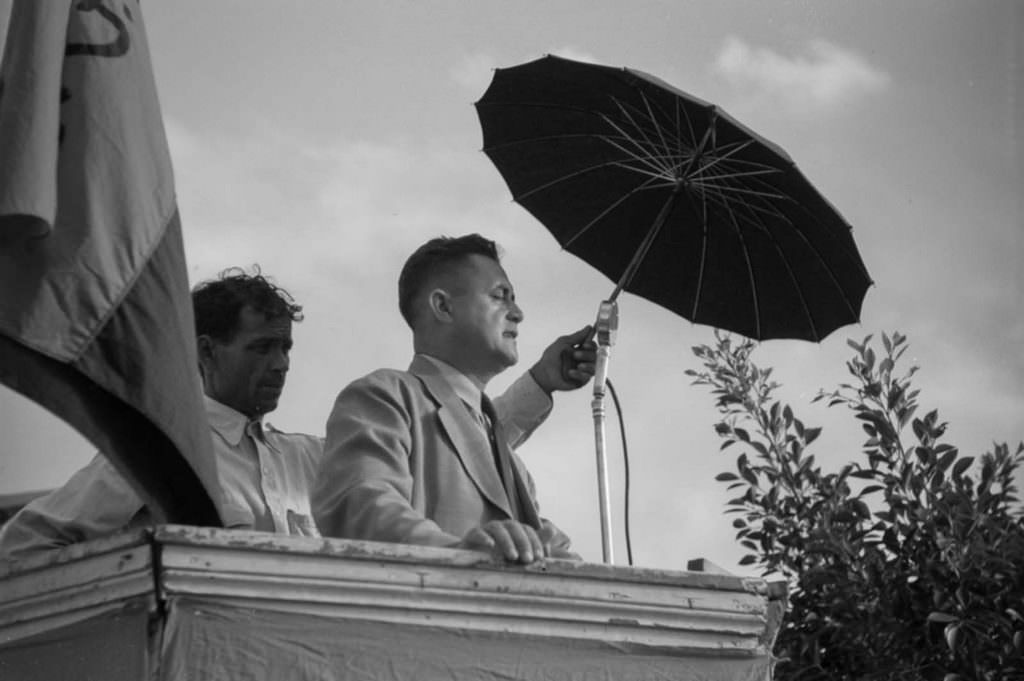
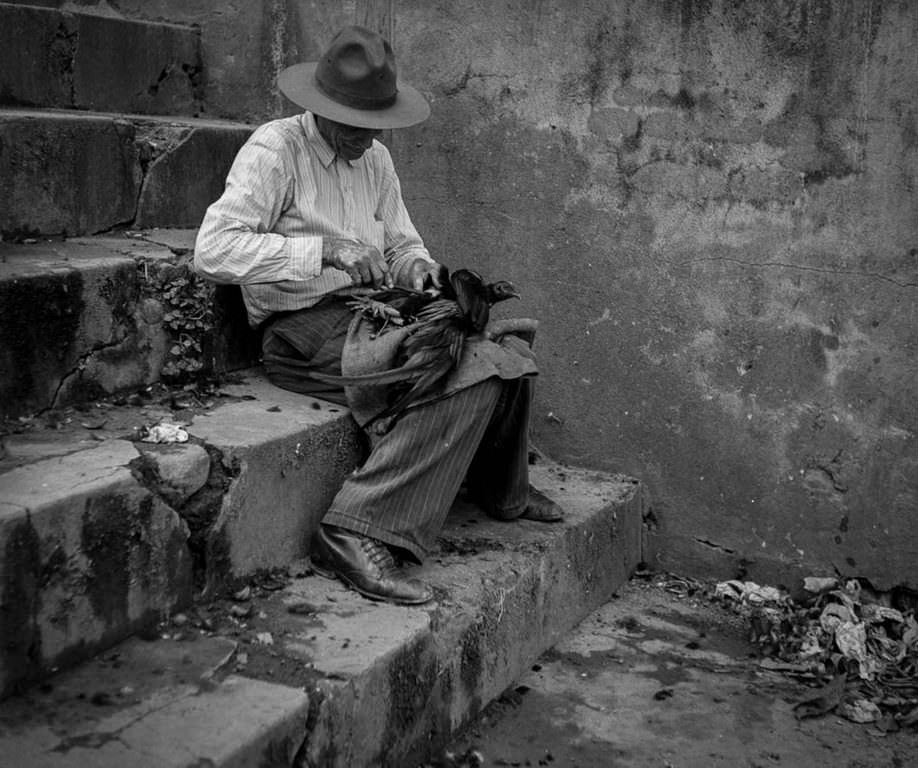
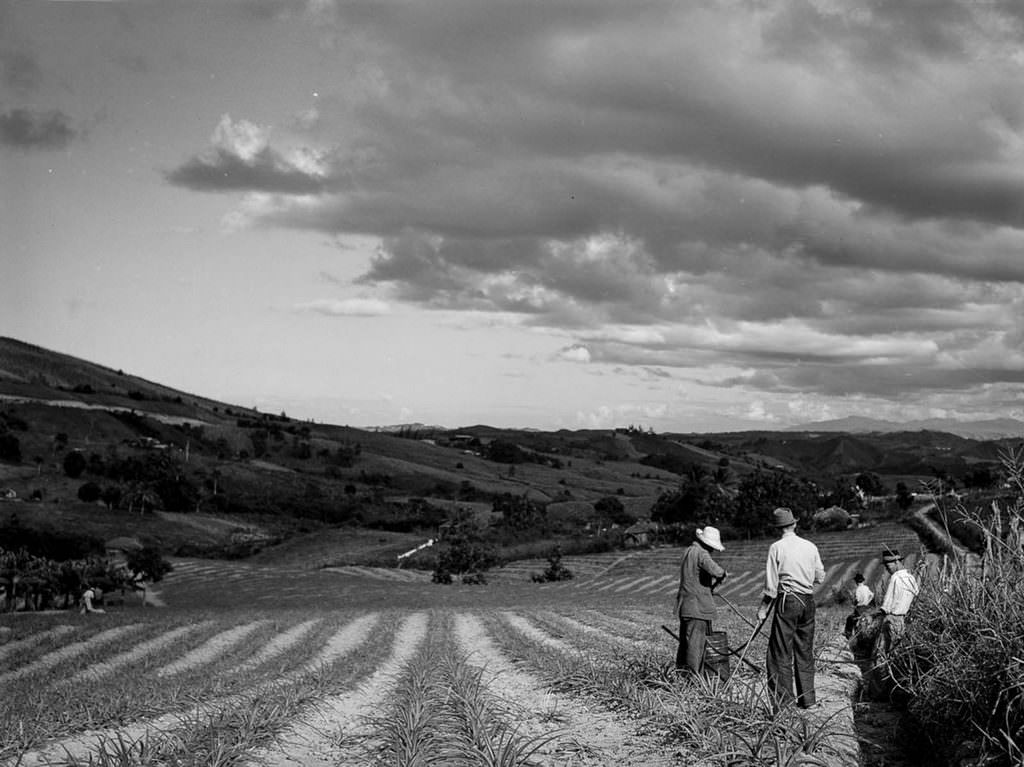
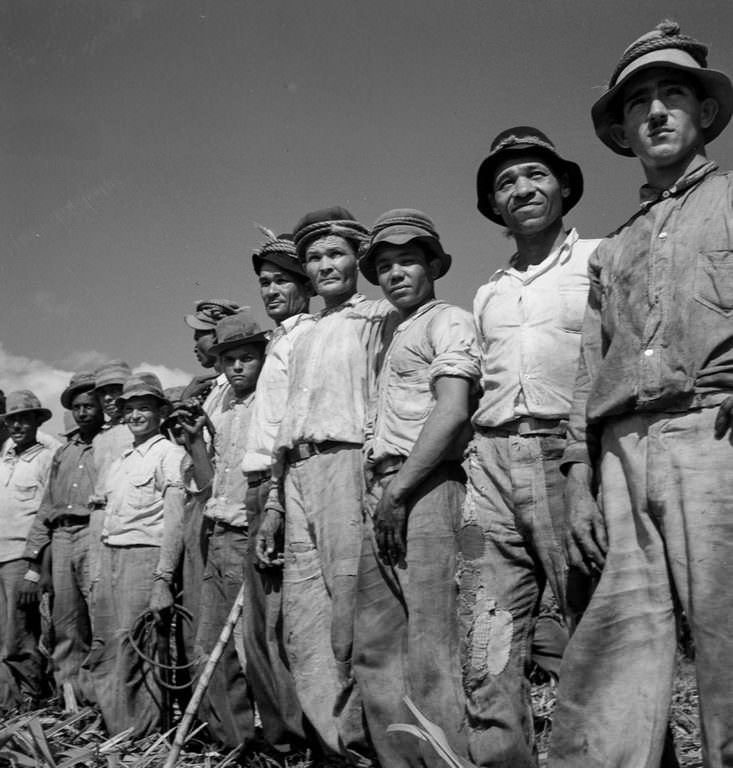
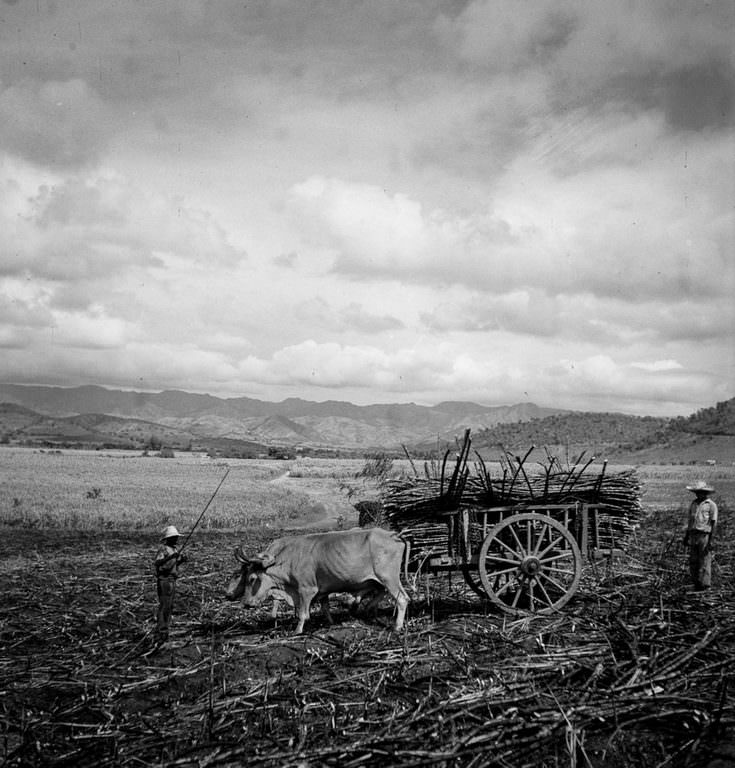
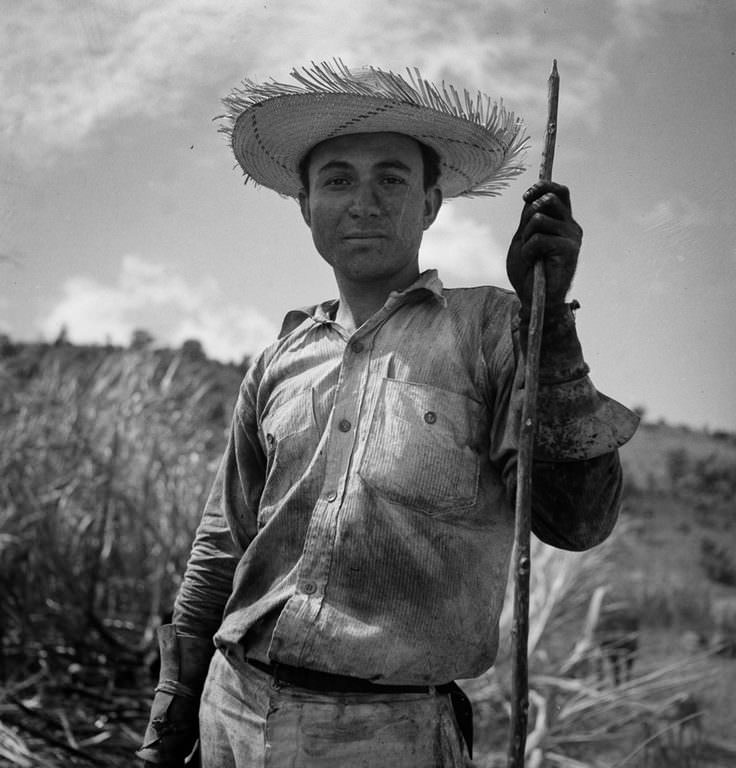
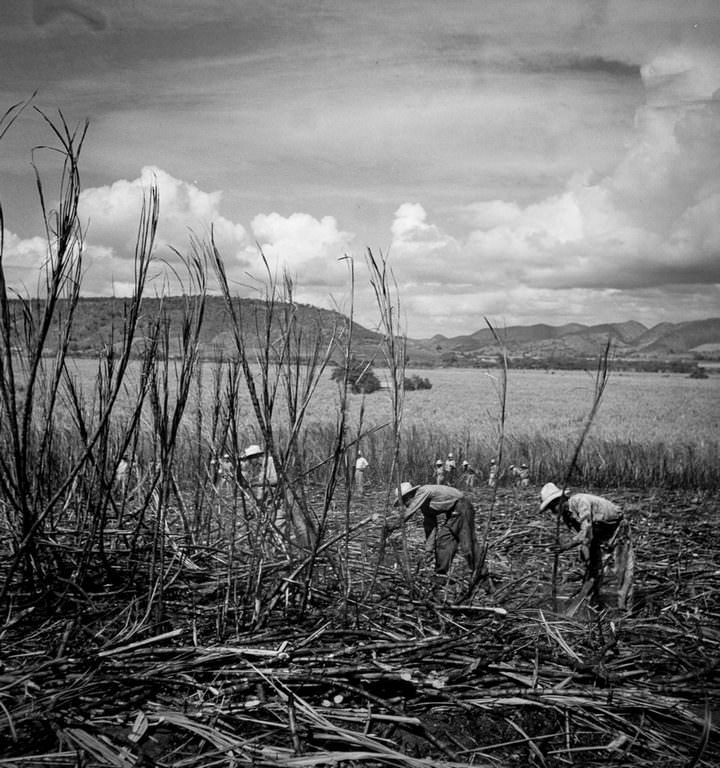
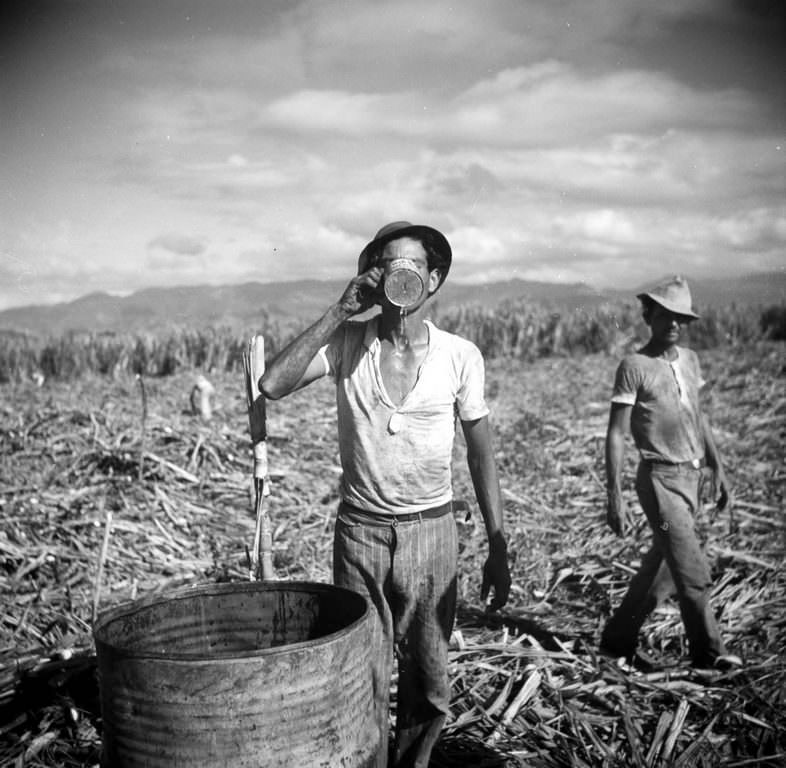
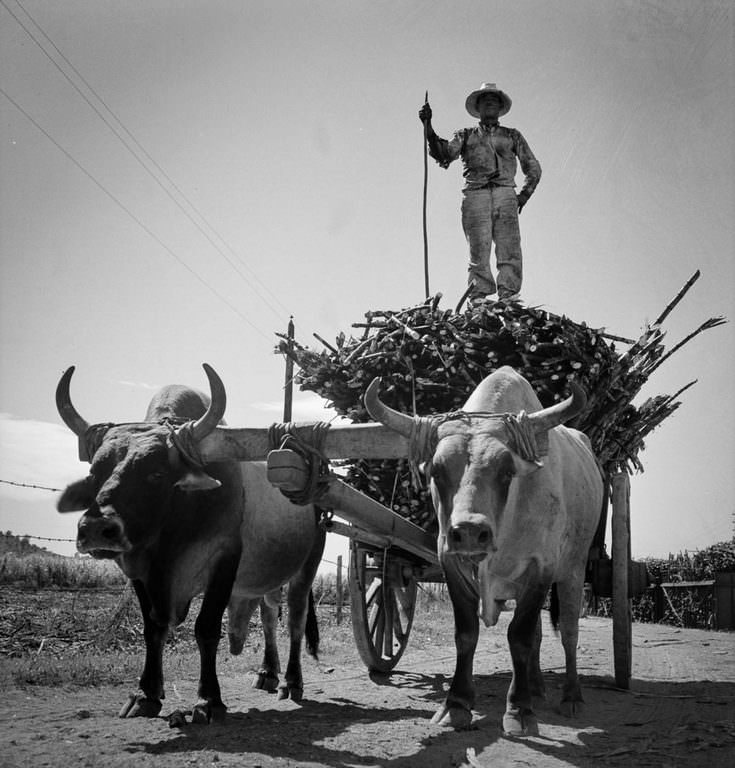
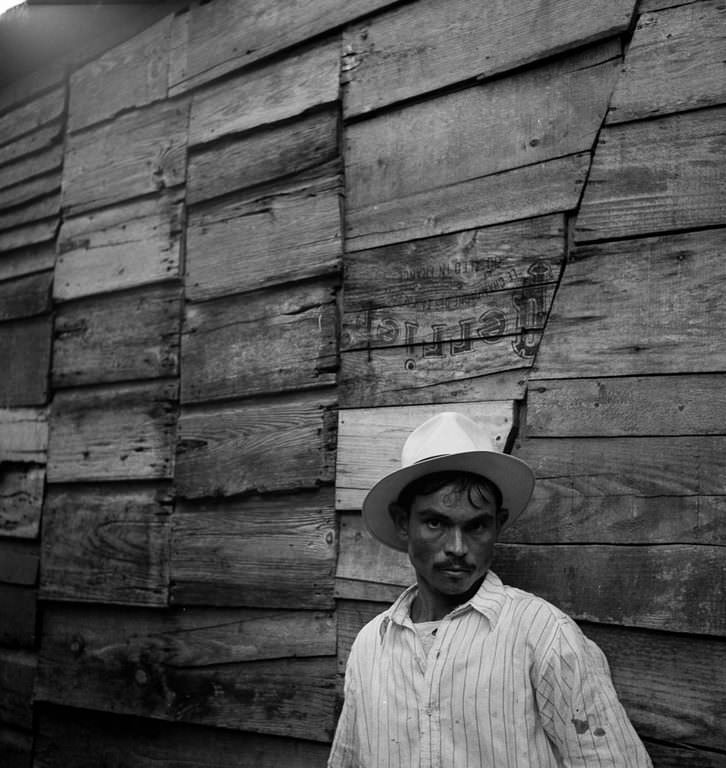
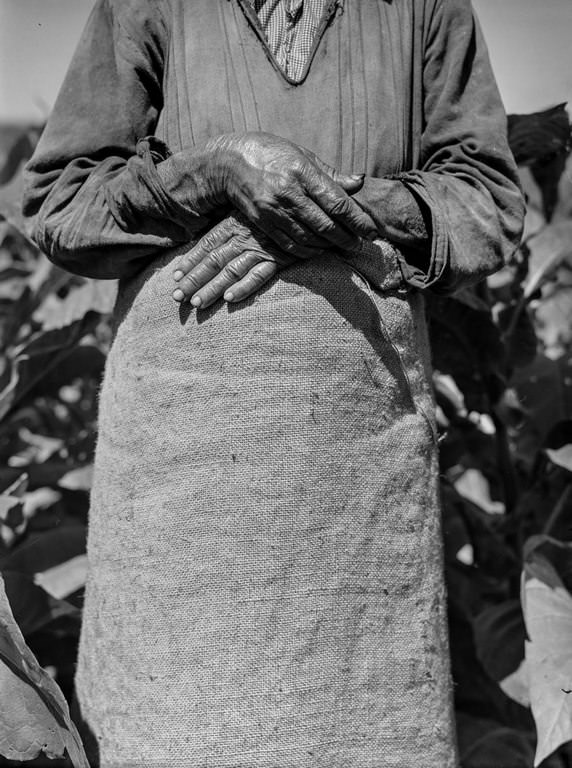
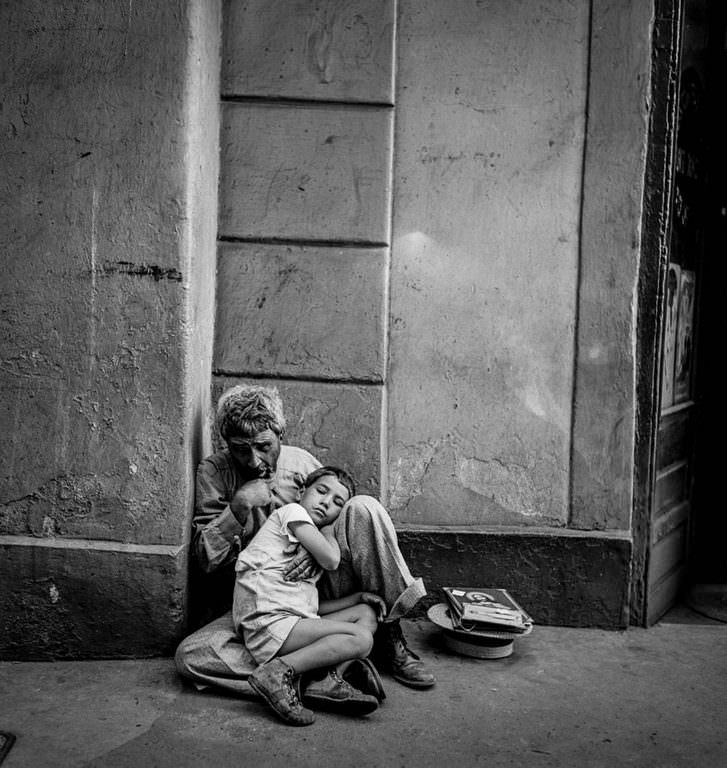
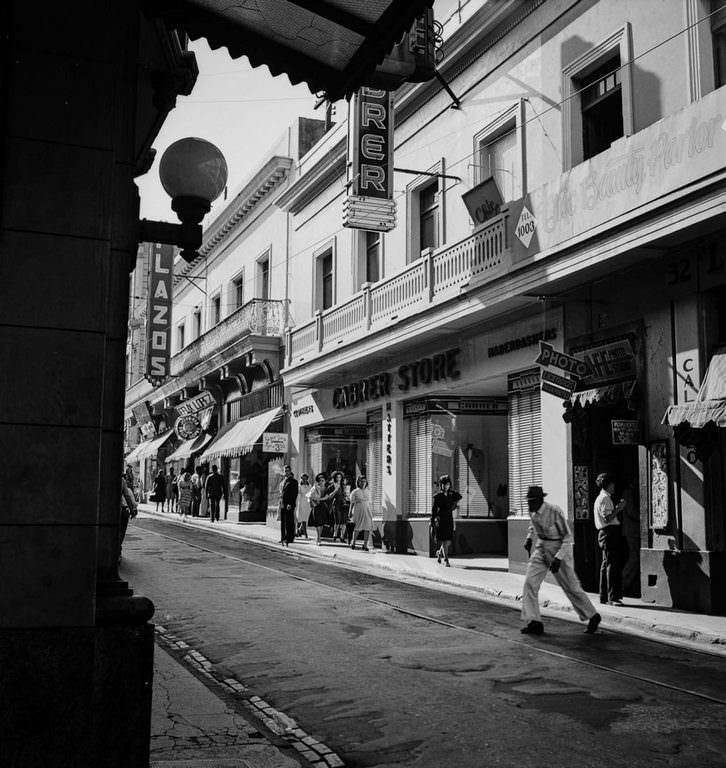
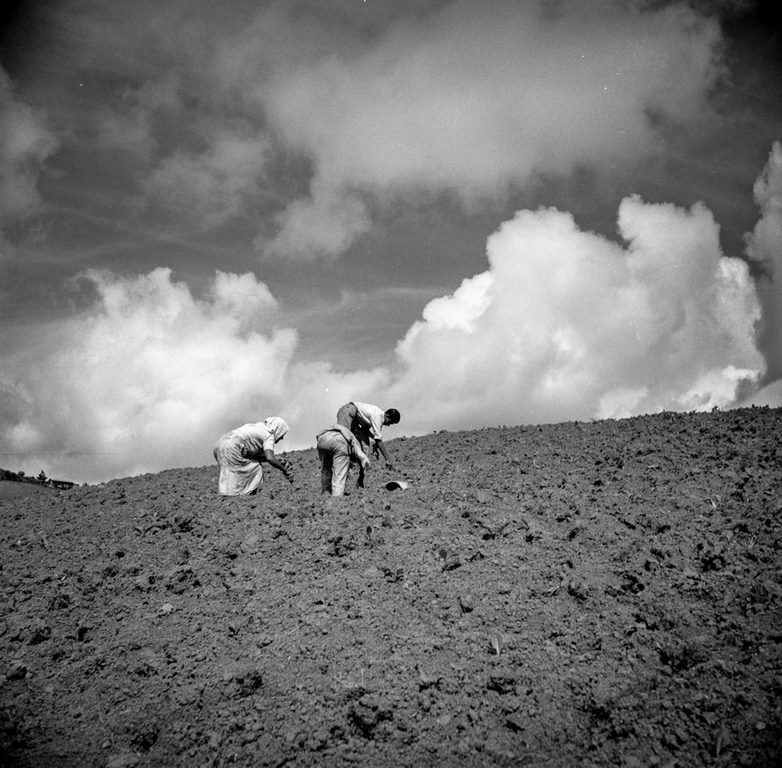
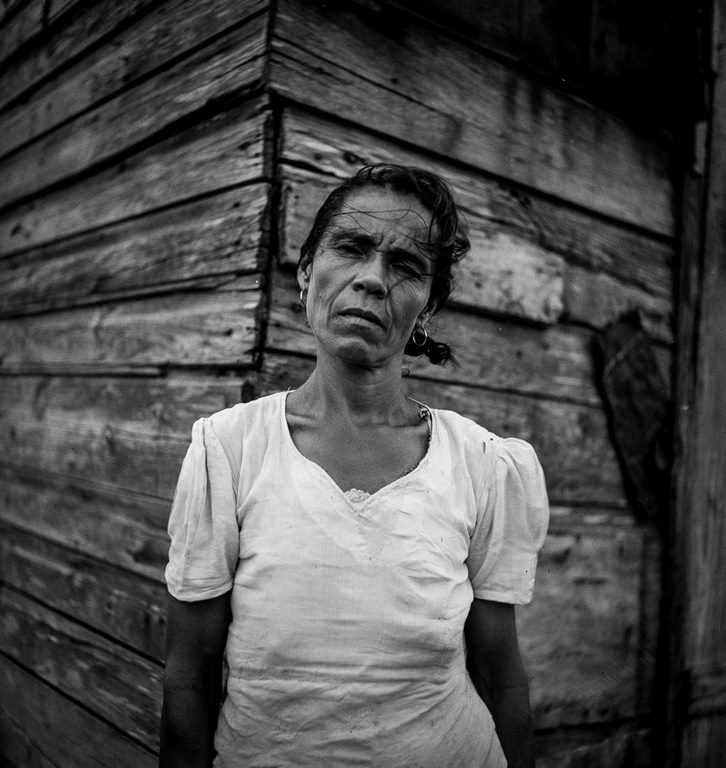
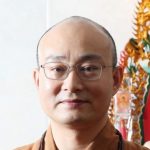
Thanks for the history. Cool photos
Reading about the island’s history like this always seems surreal, as if it happened yesterday and millennia ago at the same time.
I look at the faces and wonder could that be a great aunt or uncle.
Wow. Tough living.
Beautiful photos. Just one correction. A couple of images showed people in humble countryside homes, titled as people living in slums. However, these were not slums. They were typical wooden homes inhabited by poor workers and their families. There were slums, but these are not. There were slums in the San Juan suburbs where people moved after the depression because they could not find work. They built shanty towns without sanitary facilities.